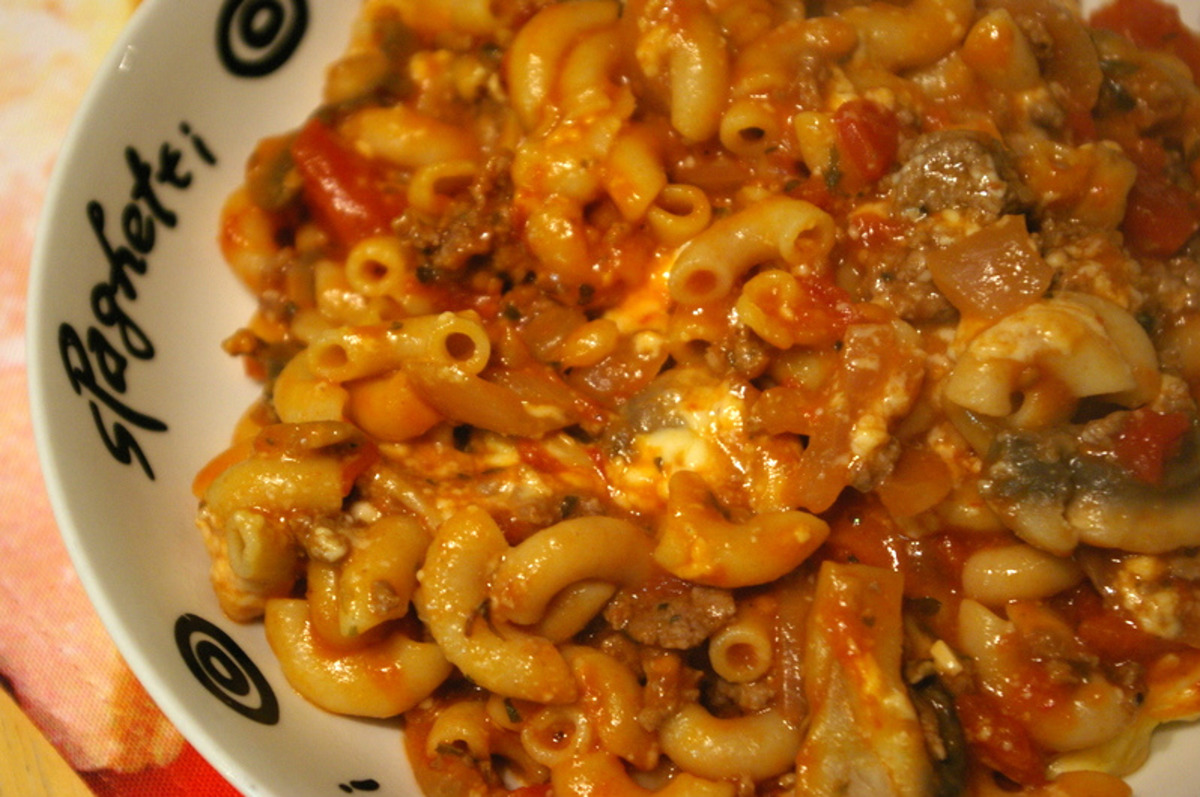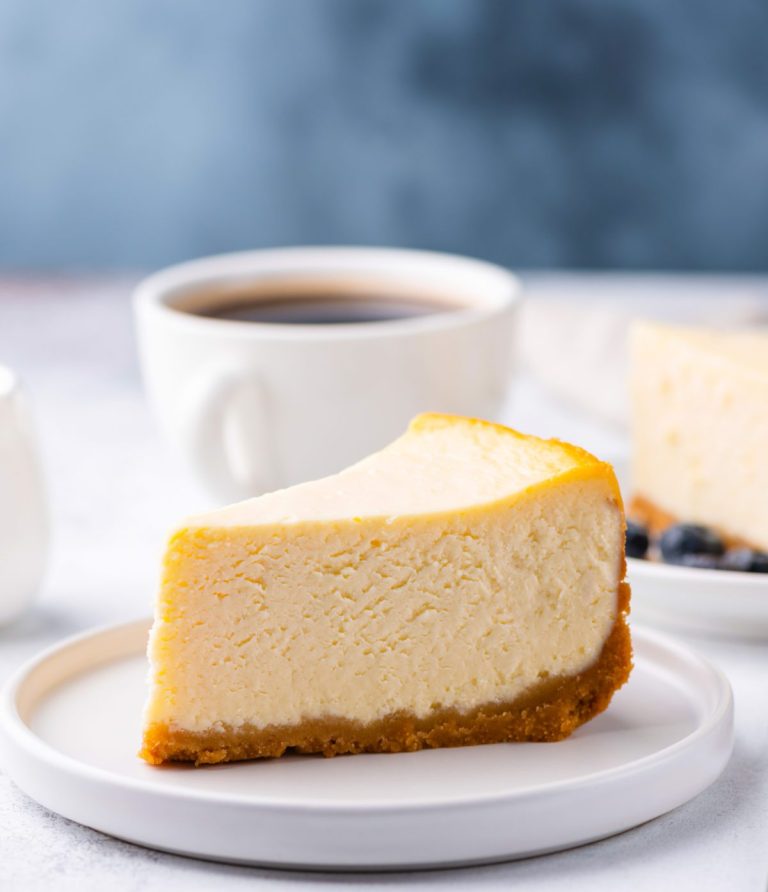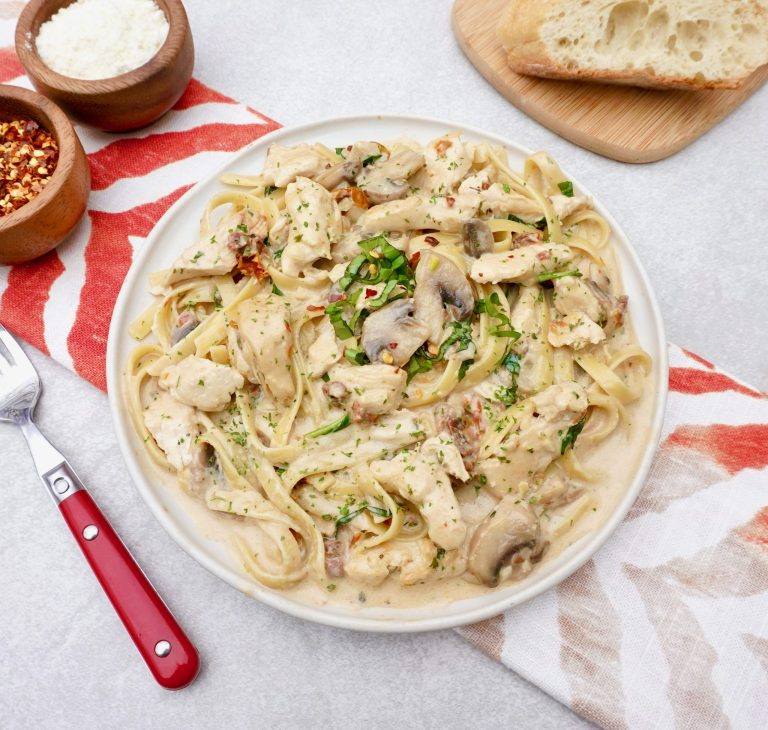Creole Macaroni and Cheese: Recipes, Pairings, and Tips
Creole cuisine, a rich blend of French, Spanish, and Caribbean influences, offers a unique culinary experience. You can taste the French influence in sauces, cooking techniques, and dishes like jambalaya. Spanish flavors add depth through the use of spices, tomatoes, and seafood. Caribbean elements bring bold spices, tropical ingredients, and a lively cooking style to the table. These diverse influences combine to create a vibrant and flavorful cuisine that’s distinctive and memorable.
How Creole Cuisine Stands Out
Creole cuisine distinguishes itself with its bold flavors, aromatic spices, and hearty ingredients. Unlike other regional foods, Creole dishes often feature a harmonious blend of meats, seafood, and vegetables in a single recipe. Dishes like gumbo and étouffée showcase this fusion by combining different proteins with rich, flavorful broths. Unique to Creole cooking, the “holy trinity” of onions, bell peppers, and celery forms the base for many recipes, infusing them with a characteristic depth and complexity.
The Evolution of Macaroni and Cheese in American Culture
From European Delicacy to American Comfort Food
Macaroni and cheese originally began as a European delicacy, cherished by the elite. This dish made its way to the Americas during the 18th century, primarily brought by British immigrants. Over time, it transformed into a beloved American comfort food, making its mark on households across the country. By the 19th century, the simplicity of its ingredients and the ease of its preparation made it a staple in American cuisine.
Regional Variations Across the United States
In the United States, macaroni and cheese evolved into various regional variations, each offering unique flavors. In the South, baked versions often include breadcrumbs and a rich cheese sauce, creating a hearty, casserole-like dish. New England favors a creamier consistency achieved through stovetop preparation and the inclusion of extra cheese types like sharp cheddar. The Midwest features macaroni and cheese with additional ingredients like ground beef or sausage, offering a more filling experience. Each region’s variation reflects local culinary traditions and ingredient availability.
What Makes Creole Macaroni and Cheese Unique?
Key Ingredients in Creole Macaroni and Cheese
Creole Macaroni and Cheese blends traditional ingredients with Creole cuisine’s bold flavors. Key components usually include the following:
- Pasta: Classic elbow macaroni remains the preferred choice, ensuring familiarity and texture.
- Cheese: Varieties like cheddar, Monterey Jack, and sometimes smoked gouda deliver richness and complexity.
- Proteins: Your dish may feature andouille sausage, shrimp, or even crawfish for a distinct Creole touch.
- Holy Trinity: Onions, bell peppers, and celery provide the foundational flavors characteristic of Creole cooking.
- Cream and Butter: These create a creamy base that binds everything together.
- Cayenne Pepper: Adds a mild to moderate heat, depending on the amount used, essential for that Creole kick.
- Paprika: Provides a subtle sweetness and smokiness, balancing the dish’s flavors.
- Thyme and Oregano: Fresh or dried, these herbs contribute an earthy undertone, enhancing overall complexity.
- Garlic: Often minced or powdered, it offers a sharp, pungent note that complements other ingredients.
- Green Onions: Scattered on top, they lend a fresh, sharp contrast to the creamy, cheesy base.
Preparing Traditional Creole Macaroni and Cheese
Step-by-Step Cooking Guide
- Gather Ingredients:
Assemble elbow macaroni, butter, flour, milk, cheddar, Monterey Jack, diced onions, bell peppers, celery, minced garlic, andouille sausage, shrimp, cayenne pepper, paprika, thyme, oregano, salt, black pepper, and chopped green onions. - Cook Pasta:
Boil elbow macaroni in salted water until al dente. Drain and set aside. - Prepare the “Holy Trinity”:
Sauté diced onions, bell peppers, and celery in butter until softened. Add minced garlic and cook for another minute. - Cook Proteins:
In a separate pan, cook diced andouille sausage until browned. If using shrimp, cook until pink and opaque. - Make the Roux:
Melt butter in a large pot. Stir in flour to create a roux, cooking until it’s golden brown. - Add Dairy:
Gradually whisk in milk, ensuring a smooth mixture. Cook until thickened, then stir in shredded cheddar and Monterey Jack until melted. - Combine Ingredients:
Fold in cooked pasta, “holy trinity,” andouille sausage, shrimp, and seasonings (cayenne pepper, paprika, thyme, oregano, salt, black pepper). - Bake:
Transfer mixture to a baking dish. Top with extra cheese, then bake at 350°F (175°C) for 20-25 minutes until bubbly and golden. - Garnish:
Sprinkle with chopped green onions before serving.
- Use Fresh Cheese:
Opt for freshly grated cheddar and Monterey Jack for smoother melting. - Monitor Roux Consistency:
Whisk constantly when making the roux to prevent lumps and achieve a creamy base. - Adjust Spices Gradually:
Add cayenne pepper and paprika in stages, tasting as you go to ensure a balanced heat. - Ensure Proper Pasta Cooking:
Cook macaroni just until al dente, as it’ll continue to soften while baking. - Balance Dairy Ratios:
Use equal parts milk and cheese in the sauce to maintain a perfect creamy texture without being too thick.
Pairing Creole Macaroni and Cheese with Other Dishes
Ideal Complementary Creole Foods
Creole macaroni and cheese pairs well with numerous traditional Creole foods. Jambalaya, for example, enhances the dish with hearty rice, seafood, and spicy sausage. Similarly, gumbo adds a rich, savory spectrum via its well-seasoned broth and variety of proteins like shrimp and sausage. Red beans and rice provide a balanced, earthy flavor which contrasts the creamy texture of the macaroni and cheese. Crawfish étouffée, with its spicy crawfish stew, complements and elevates the macaroni and cheese experience.
Wine and Beverage Pairings
A well-thought-out beverage pairing enhances the flavors of creole macaroni and cheese. For wines, consider a chilled Sauvignon Blanc for its refreshing acidity that cuts through the richness. Chardonnay, with its buttery notes, complements the creamy texture. Craft beers, such as a hoppy IPA, balance the spicy components of the dish. Non-alcoholic options include a tart lemonade or citrusy iced tea, both refreshing choices to counterbalance the rich, bold flavors of the macaroni and cheese.
Conclusion
Creole Macaroni and Cheese offers a delightful twist on a beloved classic, bringing the vibrant flavors of Creole cuisine to your table. By following the detailed guide and incorporating the suggested pairings, you can create a memorable meal that stands out. Whether you’re hosting a dinner party or enjoying a cozy night in, this dish is sure to impress. Embrace the rich heritage and bold flavors of Creole Macaroni and Cheese, and elevate your culinary repertoire.





